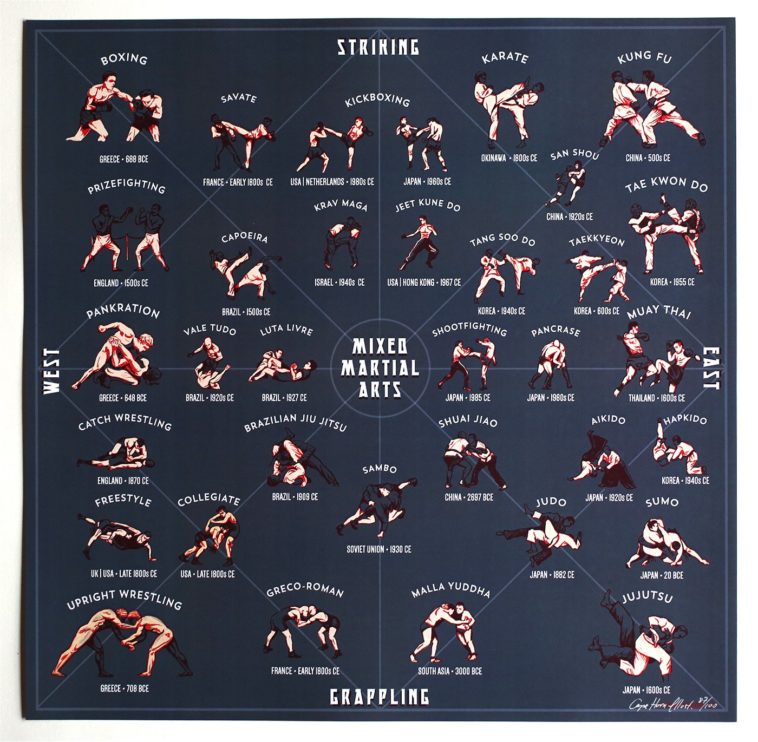Mastering The Art Of Taekwondo: A Guide To Kinds And Their Significance
Mastering The Art Of Taekwondo: A Guide To Kinds And Their Significance
Blog Article
Uploaded By-Geisler Broe
Did you understand that there more than 20 various taekwondo forms, each with its very own unique sequence of movements and techniques? These kinds, additionally known as poomsae, play a vital role in the practice and development of taekwondo experts.
Yet exactly what are these forms, and why are they so substantial? In this discussion, we will certainly discover the basics of taekwondo forms, their origins, and the crucial elements that make them an essential part of this fighting style.
Whether you're a beginner or a seasoned specialist, recognizing the relevance of taekwondo kinds will deepen your admiration for this ancient technique and boost your journey towards proficiency.
Origins and Development
The beginnings and evolution of Taekwondo can be traced back to ancient martial arts practices in Korea. It was established over 2,000 years back and has considering that turned into a preferred and around the world identified sport.
Taekwondo was heavily affected by different Oriental fighting styles designs, such as Taekkyon and Subak, in addition to Chinese martial arts. It was originally utilized as a way of self-defense, however with time, it developed right into a competitive sport that concentrates on striking techniques and high kicks.
In the 20th century, Taekwondo underwent a considerable change and was standardized right into its contemporary form. The Korea Taekwondo Organization played an essential duty in this procedure, helping to establish regulations, methods, and forms that are still followed today.
Crucial Element and Strategies
Now allow's discover the basic facets and techniques of Taekwondo. To fully understand click here for more and strategies, it is necessary to dive deeper right into the adhering to subtopics:
- Stances: Taekwondo emphasizes the right use positions, such as the front position, back position, and equine position. These positions give stability, equilibrium, and power in implementing various strategies.
- Strikes and Kicks: Taekwondo is renowned for its powerful and dynamic kicks, including the front kick, roundhouse kick, and side kick. Strikes, such as strikes and knifehand strikes, are also necessary strategies in Taekwondo.
- Blocks and Protection: Reliable protection is essential in Taekwondo. Blocks, such as the high block and reduced block, are used to safeguard versus inbound strikes. click the up coming website and positioning are key to successfully safeguarding oneself.
Benefits and Impact
One of the significant advantages of practicing Taekwondo is the improvement of physical fitness and general well-being. By engaging in regular training sessions, you can boost your cardiovascular health, strength, adaptability, and endurance. Taekwondo involves a range of movements that target various muscular tissue teams, assisting you build a strong and toned figure.
Additionally, this fighting style advertises mental well-being by reducing anxiety and anxiety degrees. The technique and focus needed in practicing Taekwondo can aid enhance your concentration and enhance your ability to take care of challenging situations.
Moreover, the technique of Taekwondo imparts a sense of self-esteem, self-discipline, and self-constraint, which can favorably influence different locations of your life. Generally, exercising Taekwondo can cause a healthier and a lot more balanced way of life.
Final thought
So there you have it! Taekwondo kinds aren't just simple routines, however a depiction of the rich background and development of this martial art. By grasping the crucial elements and techniques, professionals can enjoy many physical and psychological benefits.
From raised versatility and toughness to enhanced focus and discipline, taekwondo kinds have an enduring influence on those that exercise them.
So, whether you're a novice or an experienced martial musician, embrace the power of these types and let them take you on a trip with time.
